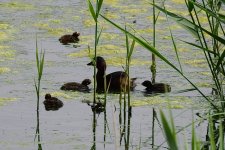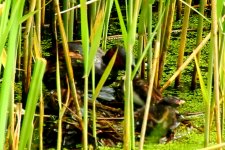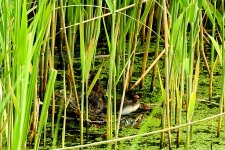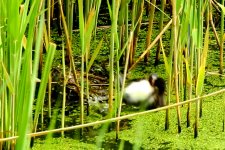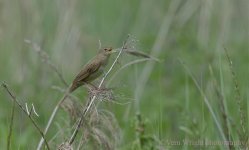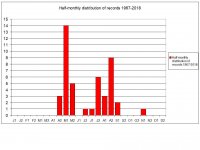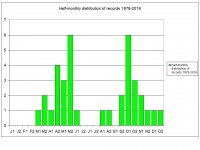wheatearlp
Well-known member

On the Flashes this evening were 4 Med.Gulls - 3 ad. & 1 2nd S plus the male Wigeon & 3 Shovelers (2 m., 1 f) and a male Kestrel. All three Avocet chicks were present. A couple of visits to the N.Moors produced no sight or sound of the Gropper. The Little Gull wasn't seen either side. The male Pochard remained on the Moors Pool.




